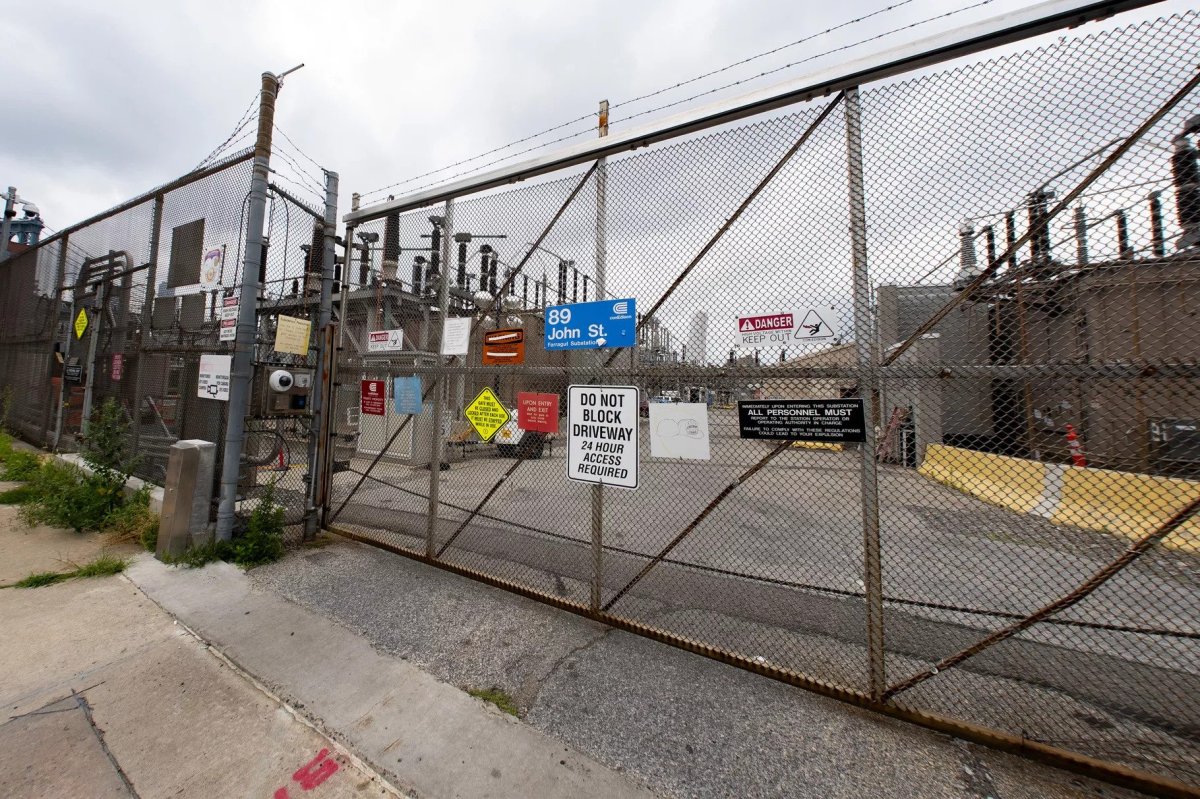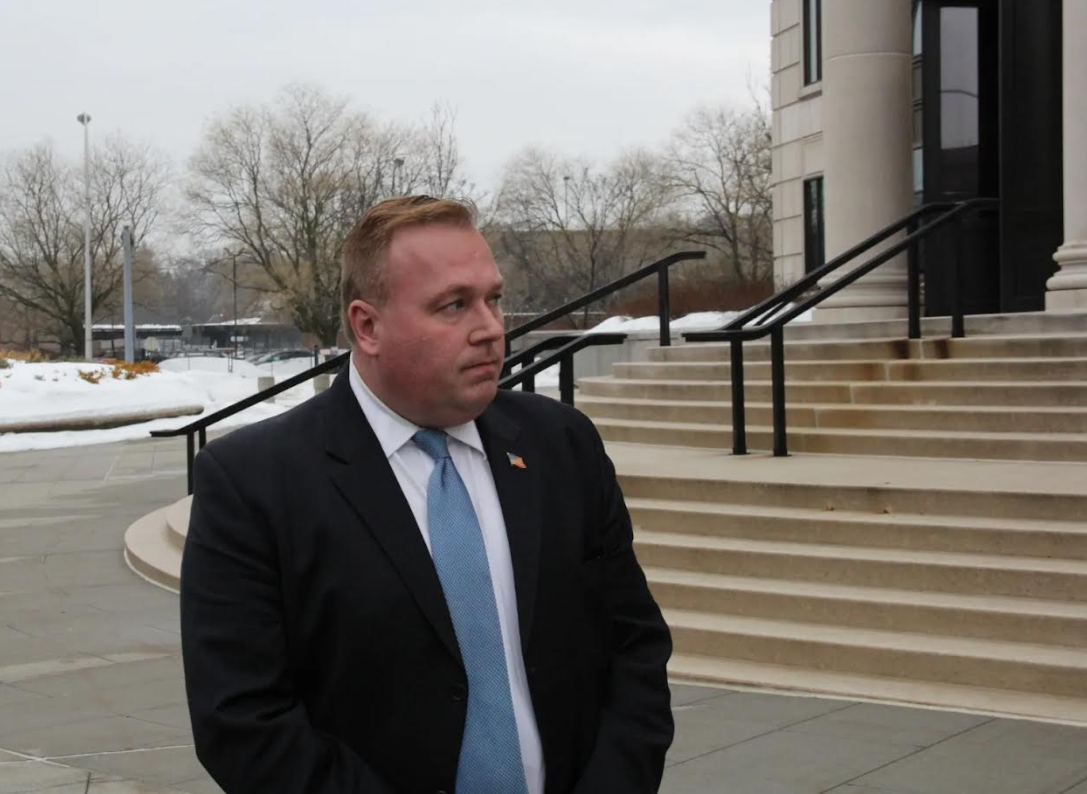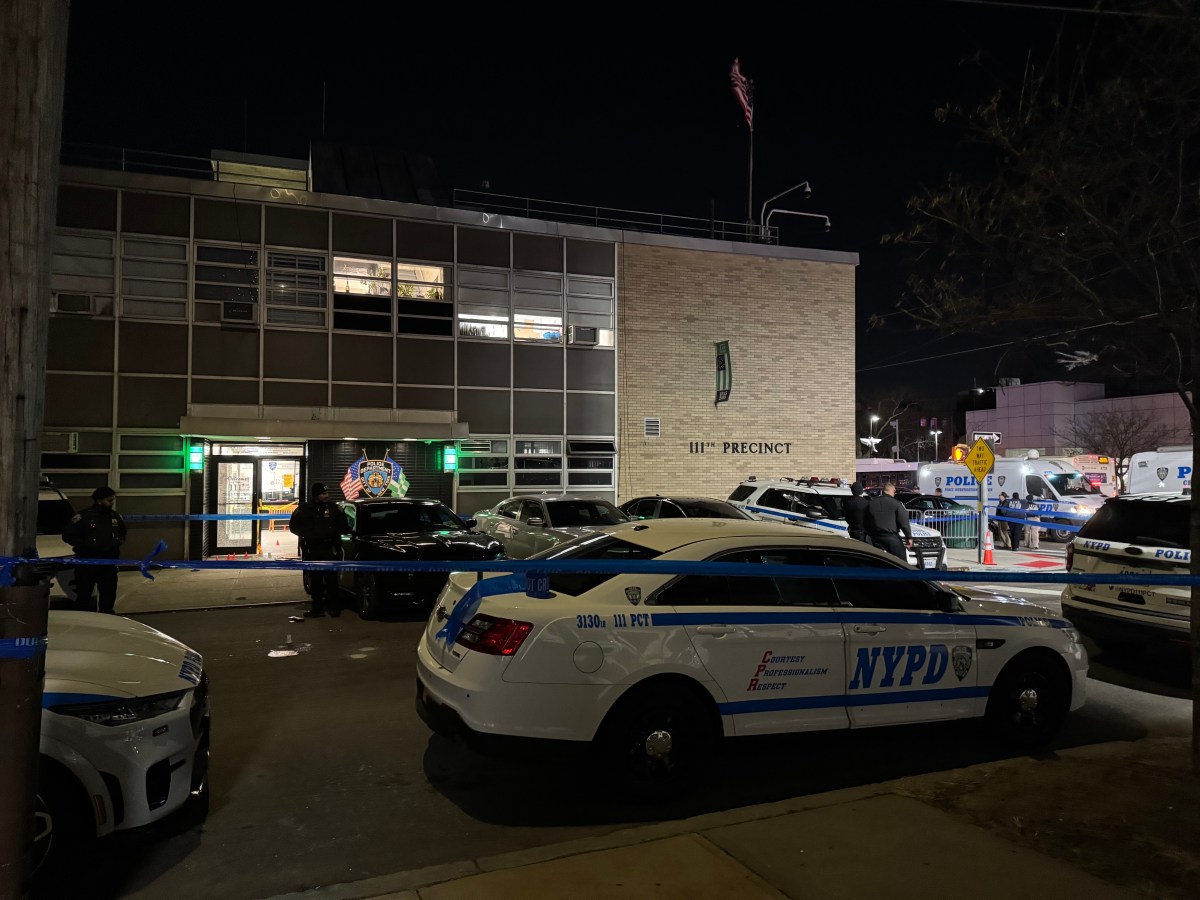BY GABRIEL SANDOVAL
This article was originally published on by THE CITY
Three years after a 30,000-gallon oil spill into the East River, alerts the utility giant must file with New York’s Department of Environmental Conservation remain hidden from public view.
New York State’s environmental agency is refusing to share records of hundreds of pollution spills into the region’s waterways and lands by utility giant Con Edison, a new lawsuit charges.
The case comes three years after a spill of tens of thousands of gallons of toxin-laced transformer fluid into the East River that led to a six-figure state penalty for Con Ed — and a commitment to clean up and monitor its waterfront operations at 13 sites.
The law firm Paul Weiss filed its Freedom of Information Law case in Manhattan Supreme Court Monday on its own behalf, demanding that the state turn over documents about what it labeled a “corporate polluter” dating back decades.
Those records detail dielectric fluid spills that utility companies are required to promptly report to the state.
One such spill made headlines in 2017, when the Farragut substation in Vinegar Hill, Brooklyn, spewed 30,000 gallons of transformer oil into the water. Con Ed agreed to pay $636,015, with some of the funds going to aid nearby Brooklyn Bridge Park.
“It is concerning, to say the least, that the DEC now claims it cannot even locate these legally required reports,” asserts the complaint.
PCBs Spilled
The law firm had also sought files of the state’s investigations into Con Ed pollution from power transformers. The records encompass transcripts and other materials related to three enforcement actions going back to the 1990s, covering hundreds of pollution incidents including the Farragut spill.
In each case, Con Ed signed consent decrees with the state committing to improve its practices.
The state’s order responding to the Vinegar Hill spill shows the spilled oil contained PCBs, chemicals that in high enough concentrations can be toxic to aquatic life and humans who eat fish. DEC also determined that residual oil flowed out from the spill for more than six weeks, beginning May 7, 2017.
State records show 2 pounds of “PCB oil” discharged in the incident.
A 2009 transformer fluid spill following a Westchester substation fire sent 15,000 gallons of the oil into the Bronx River, DEC found — killing fish and vegetation, according to the state. The state ordered Con Ed to pay $793,750.
Dielectric fluid, a variety of mineral oil varies in composition, and some can be harmful in high concentrations, say scientists. Photos following the 2017 spill show greasy slicks coating the water, causing a mess that disrupted NYC Ferry operations.
@nyc311 pretty sure there was an oil spill in the east river pic.twitter.com/4hQ9HIYpbR
— kroesser + strat (@kroesserstrat) May 7, 2017
‘Corporate Polluter’
Paul Weiss first sought the Con Ed files in March 2019, letters it sent to the state show — only to be told by DEC the records could be located if the requests specified every address, facility name or file number sought.
DEC refused to hand over the documents even after Paul Weiss agreed to reduce its search to seek only spill records from 1986 or later, according to a statement submitted to the court by attorney Jonathan Hurwitz.
Similarly, he asserted, attempts to work with DEC to pinpoint file numbers hit a dead end.
DEC did produce a few items in November and again in March, related to its three consent decrees with Con Ed — but “steadfastly refused to provide the vast majority of records sought,” according to the complaint. “DEC now claims to be unable to even keep track of the reports Con Edison is legally required to make (much less to control its behavior).”
Describing Con Edison as a “corporate polluter,” the lawsuit accuses the utility of “having illegally discharged tens of thousands of gallons of dielectric fluid from its aging network of pipe-type electric cables in dozens of leaks each year.”
The suit cites and also seeks files related to a $14 million consent decree between DEC and the company in 1994, following 319 pollution violations tallied by the state.
A Con Edison spokesperson, Allan Drury, called the suit’s depiction of the company’s record “vague and unfounded,” while contending the information request was overly broad.
“Con Edison has a robust environmental, health and safety program and is committed to a clean energy future,” Drury said in a statement. “We work with federal, state and local environmental agencies, energy trade groups and academic experts to continuously evaluate innovative ways to promote environmental excellence and sustainability in our operations.”
A DEC spokesperson declined to comment, citing the pending court case.
Hurwitz, the attorney who filed suit, did not respond to multiple requests for comment.
Cleanup Commitment
The 2018 agreement covering the Farragut substation required Con Edison to clean up the site of the oil spill and to “assess petroleum containment compliance at its 13 waterfront substations in downstate New York.”
Of the 30,000 gallons of oil spilled, clean-up crews recovered 7,386 gallons, the majority of which came from the faulty transformer, said Kevin Frazier, a DEC spokesperson.
“An estimated 100 cubic yards of oily debris has been removed from the East River and 145 cubic yard of contaminated soil and oily debris removed from land,” Frazier said.
He added that Con Edison “is continuing a comprehensive cleanup” following an investigation by the company under the “strict supervision” of DEC.
But when THE CITY asked Con Edison about the status of its clean-up efforts, a spokesperson replied that the company had fully cleaned the site.
“Con Edison’s skimming operation finished on May 17, 2017,” Drury said.
Both spokespeople said Con Edison is in compliance with the agreement for each of the 13 substations.
“All waterfront stations are in the process of being upgraded with moats. This work is expected to be completed over the next year,” Frazier said. “Con Edison regularly reports on the progress of those efforts to DEC.”
Since the Farragut substation’s massive spill in 2017, there have been at least 41 spills at the site, 25 of which were smaller volumes of dielectric fluid, state records show.
Exposure Issues
Allen Burton, a professor at University of Michigan’s School for Environment and Sustainability, said it’s important to consider the composition of dielectric fluid when assessing how problematic a spill could be for humans and the environment.
“When you have a small exposure to something that’s even toxic, it doesn’t cause much of a problem,” he told THE CITY. “But if it exceeds the threshold for toxicity, and the organisms are exposed, then certainly there is going to be a problem.”
When a spill happens in the East or Hudson rivers, he added, “you can certainly have both sides making a strong case that is or is not an issue.”
Burton noted states typically focus on bad actors that don’t keep their contaminants contained, and by and large, spills have become less common now than in the past.
But, he cautioned, New Yorkers shouldn’t directly be exposed to such spillage for any prolonged period of time. “That’s why they have discharge regulations,” he said.
THE CITY is an independent, nonprofit news outlet dedicated to hard-hitting reporting that serves the people of New York.




































